Results 1 to 10 of 15
Thread: My first Wade and Butcher
Threaded View
-
02-05-2014, 06:29 PM #1
 My first Wade and Butcher
My first Wade and Butcher
Hello all, hope everyone is doing well today. So I went to the Flea Market today to see if I could find a scuttle or some sort of nice old bowl I could use as a shaving bowl. Well I didn't have much luck with that, but I did find this for $4. W&B found at the bottom of a box of old rusty knives. I'm very surprised the blade is not chipped considering the scales offer no protection at all. And I mean it was waaay at the bottom of a box. I hope it cleans up nicely and is usable. If not, I'll find a way to display it somewhere in my living room.
 What would be the best way to start cleaning it up? When I restore old axes and hatchets I usually do a vinegar soak to start loosening the rust before i move on to sanding if needed. Should I go about this the same way? Thanks in advance. Have a blessed one.
What would be the best way to start cleaning it up? When I restore old axes and hatchets I usually do a vinegar soak to start loosening the rust before i move on to sanding if needed. Should I go about this the same way? Thanks in advance. Have a blessed one.
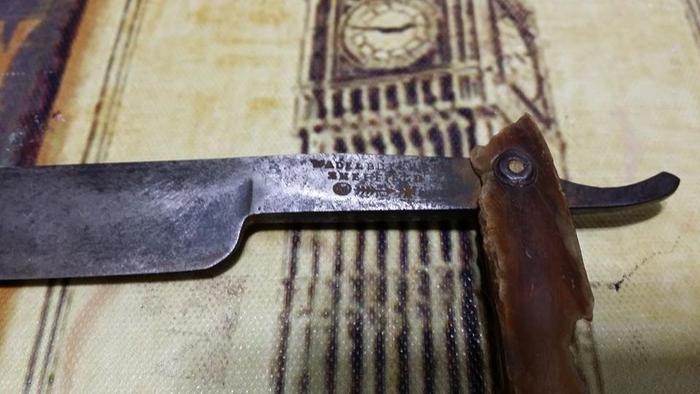
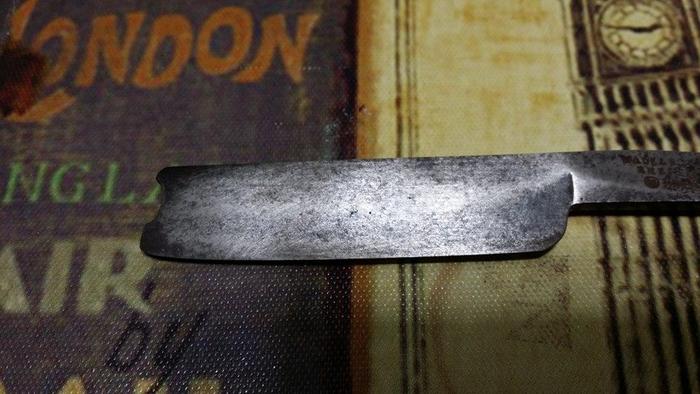
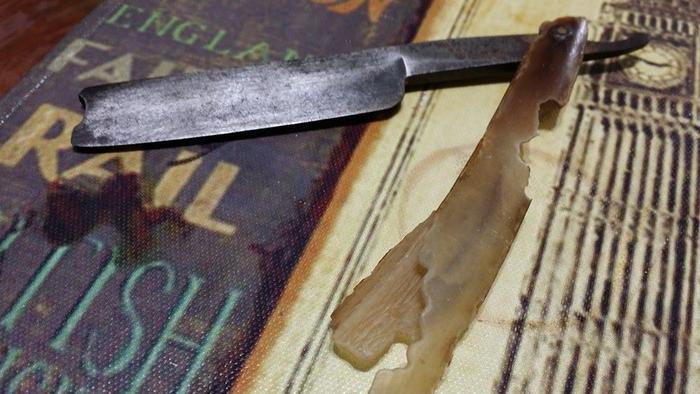
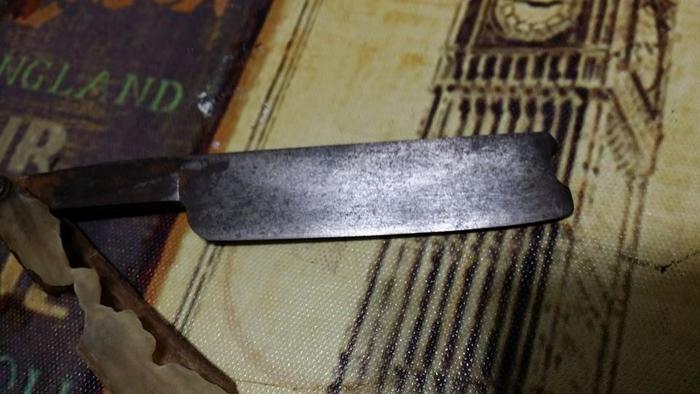
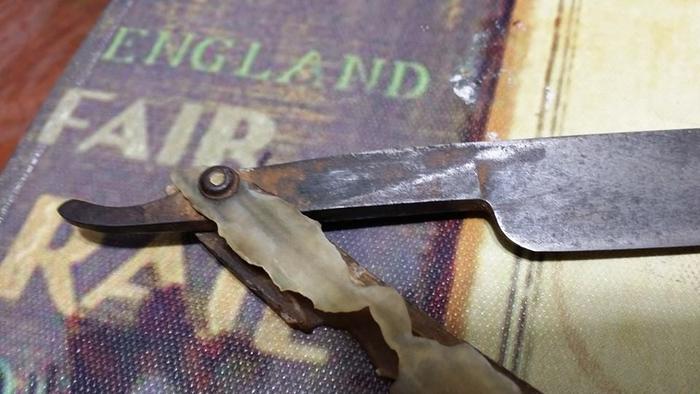


 14Likes
14Likes LinkBack URL
LinkBack URL About LinkBacks
About LinkBacks






 Reply With Quote
Reply With Quote